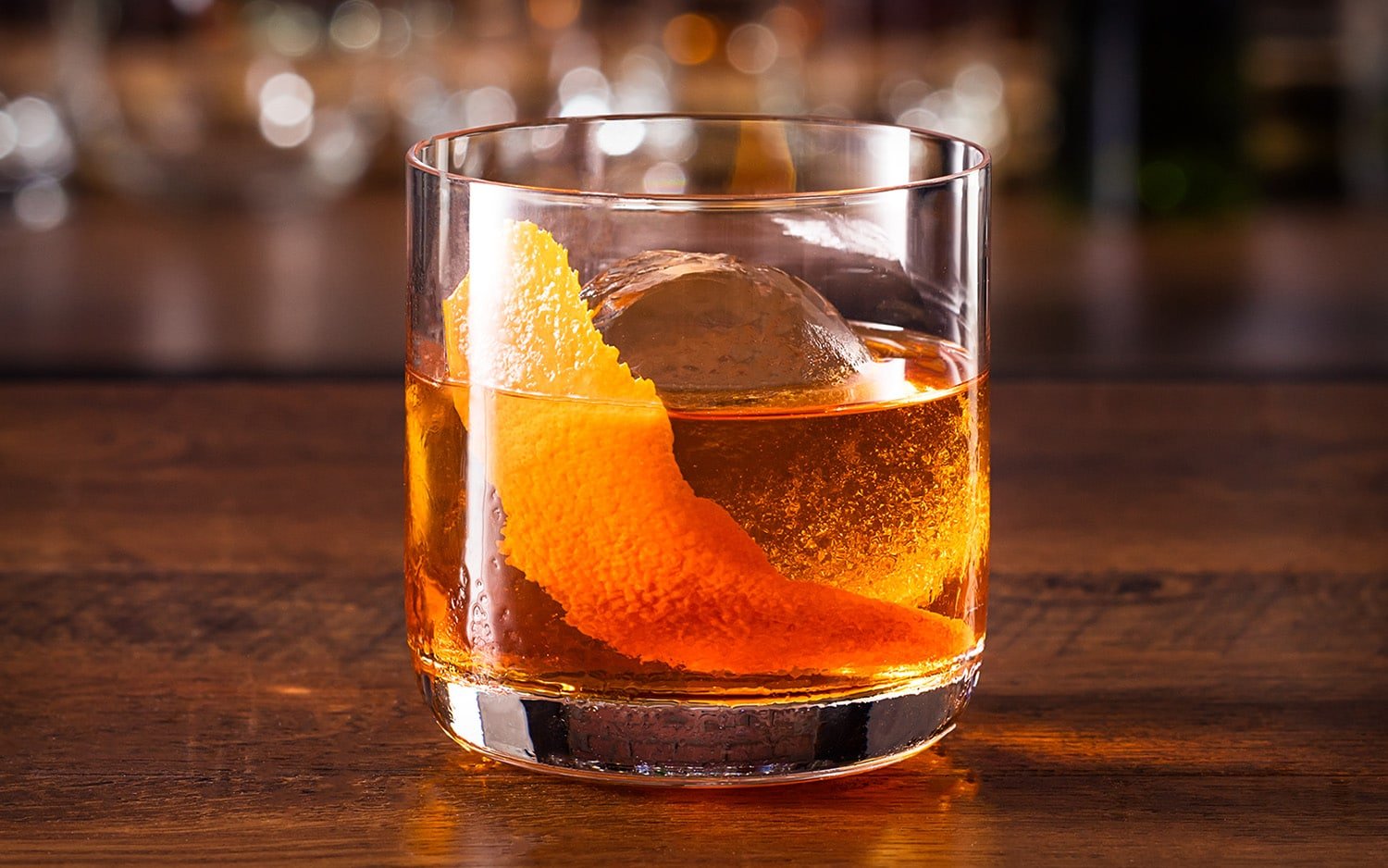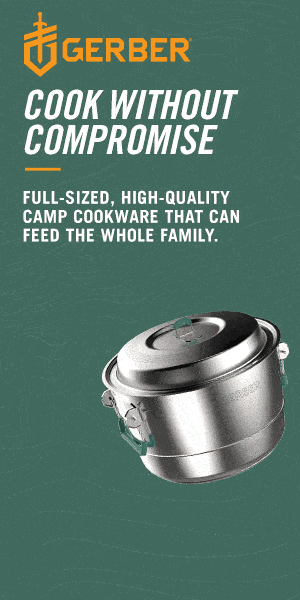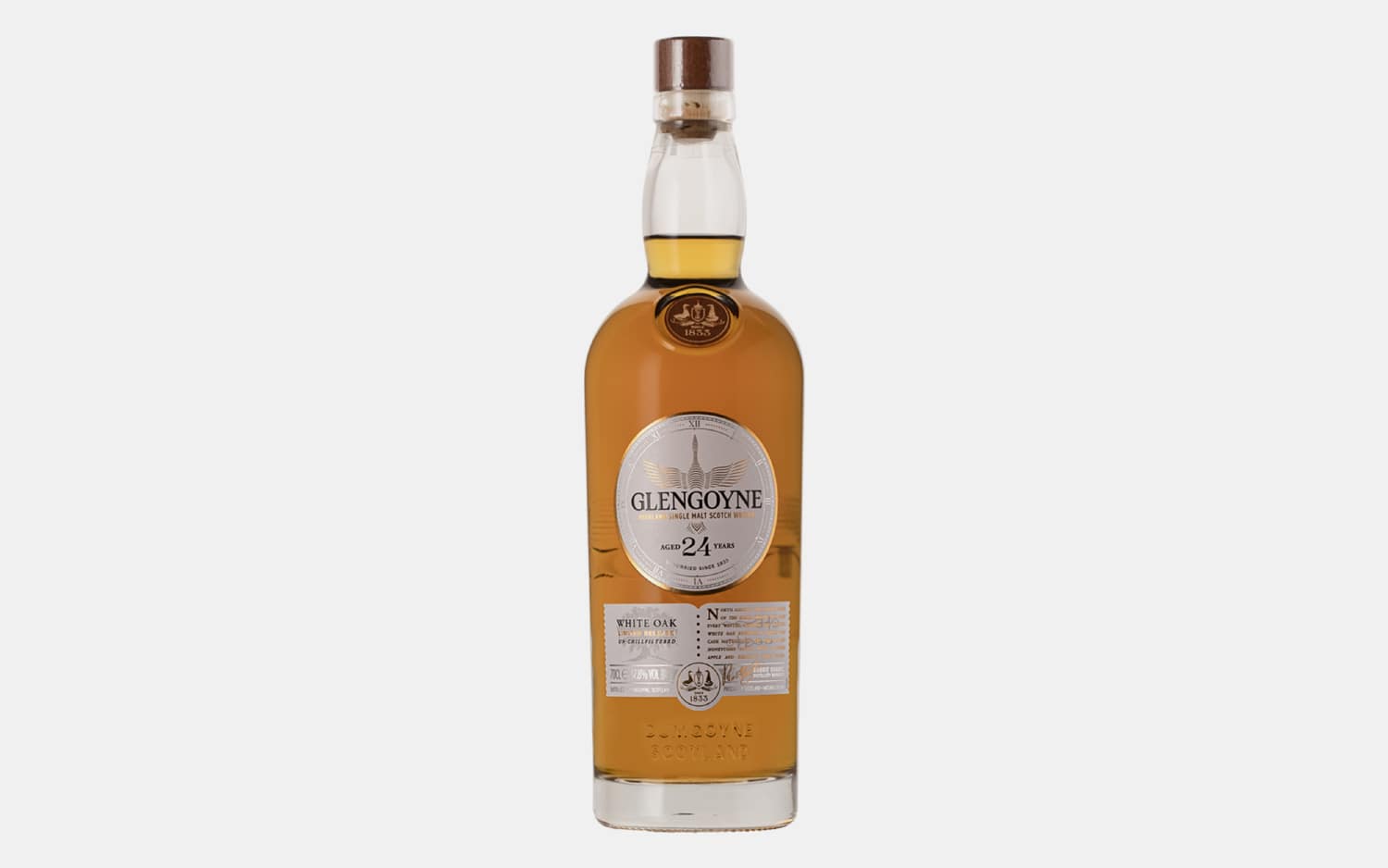Close to being the very definition of a craft cocktail, the Old Fashioned enjoys a place of prominence among many mixed drink enthusiasts. And while its simple list of ingredients may lead you to believe that it’s a one trick pony, there’s nuance galore to be explored in this classic drink.
I spent the better part of a decade working in craft cocktail bars, obsessing over every last detail of the drinks I was making. The Old Fashioned was my first love, and I still have journals filled with my experiments and notes on the drink. In this guide I’ll be distilling all of that knowledge and experience and sharing it with you—all with the goal of getting you up to speed on how to create your very own variations on this fantastic drink.
A Brief History of the Old Fashioned
In the days before high-concept mixed drinks came to be in vogue, ordering cocktails was an entirely different experience.
The basic formula was like this: You would decide on a spirit of your choice (say, rye whiskey or brandy), and then tell the barman how you wanted it prepared.
Now keep in mind, this was in the era before bottled sodas and simple mixers—the bartenders were working with little more than ice, fresh fruit, sugar, and carbonated water.
One of the most popular ways you could order your spirit mixed was as a sling: A simple combination of spirits, sugar, and water. To give this drink a little bit more nuance and flavor, bar patrons started asking for a bittered sling that added a dash or two of the day’s patent medicines, known as bitters.
Sounding familiar yet? As the old naming systems for these proto-cocktails faded into obscurity—and rightly so, as many of the drinks just didn’t taste very good—one remained in drinkers’ good graces. And as a new wave of cocktails with fancy names like the Manhattan and the Martini came on the scene, enthusiasts would still order a bittered sling by asking for “one of those old fashioned cocktails.”
And so the Old Fashioned lived on.

The Basics: Making Your First Old Fashioned
At its most basic, the Old Fashioned is a combination of four ingredients: A spirit, sugar, water, and bitters. How you choose, prepare, mix, and present these ingredients is the heart of the cocktail bartender’s art.
But we all have to start somewhere. And while I’m hopeful that by the end of this guide you’ll be able to improvise your own spectacular takes on the Old Fashioned, it’s best to start with a fairly standard recipe. Like this one, made in a double rocks glass:
- Two ounces of bourbon or rye whiskey
- Two barspoons of simple syrup (equal parts sugar and water, dissolved together)
- Three dashes of Angostura bitters
- Expressed orange twist, for garnish
You’ll make the cocktail by building it in the glass, i.e. filling the glass with ice and then pouring your ingredients over it before giving it a stir. What type of ice? Use whatever you have on hand for now—we’ll discuss the best types of ice in a later section.
Measuring accurately is key, here. Use a jigger or small measuring cup for the whiskey. A proper barspoon measurement is five milliliters, or about one teaspoon. To add a dash of bitters, quickly invert the bitters bottle over your glass, as if you were shaking salt or pepper onto mashed potatoes. Stir the ice 20 to 30 times in the same direction, moving it smoothly rather than sloshing it around in the glass.
And for the final piece of the puzzle, an orange twist for garnish. This isn’t just to look fancy; it also adds an aromatic component to the drink without which the Old Fashioned can feel flat and overly sweet. Using either a sharp knife or a vegetable peeler, cut off a small section of peel from a fresh and juicy orange. Holding it gently between your finger and thumb, point the skin side towards the glass and give it a little squeeze. If done properly, this should spray orange oil over the surface of your drink (and smell wonderful to boot).
There you have it! A fine Old Fashioned, indeed. But the intrepid amongst you may have already noticed that there is much room for improvement, or even just for variation and customization. So in the spirit of deepening our understanding of the drink’s many faces, let’s forge ahead.
Dubious Variations on the Old Fashioned
Of course, this is far from the only way to make an Old Fashioned. Or at least, people will call many different drinks that share the whiskey/sugar/bitters combo an Old Fashioned, no matter how much I wish they wouldn’t.
Case in point: The habit that some bars and bartenders have of muddling an orange wedge and cherries into an “Old Fashioned.” Is it a bad drink? Not really, if you take care in how you’re mixing it. But is it true to the original form of the drink? Also not really.
This is taken a step further in the loosely-named “Brandy Old Fashioned,” popular in Wisconsin. Adding insult to injury, cheap brandy is mixed with a slug of sugar, muddled with copious amounts of cherries and orange slices, served in a tall glass over ice—and then topped with 7-Up. Devotees of the drink will insist it’s an Old Fashioned; I’d rather not.
All of which is to say: There’s the classic cocktail known as the Old Fashioned, with its roots in the bittered sling of cocktail yore. Then there’s the loose approximations of the drink, modified to a palate that seems to prefer saccharine tastes and alcoholic strength over balance and refinement. I’ll let you choose which you’d prefer, but I can guarantee that if you keep drinking long enough, you’ll develop a taste for the classic way of making an Old Fashioned.
Now, with that unpleasant business of calling out impostors out of the way, let’s move on to a deeper examination of the Old Fashioned in all its glory.
Understanding Each Part of the Old Fashioned
For any craftsperson, understanding their tools and ingredients is a prerequisite to true creativity. Once you have a firm grasp of how each part of the Old Fashioned works in relation to each other part, a whole world of mixing possibilities will open to you.
With that in mind, let’s take a deep dive into how you can understand each ingredient in the Old Fashioned.

The Spirit
Distilled spirits: Without them, we wouldn’t have cocktails to begin with. So it should go without saying that your choice of spirit may be the most essential first step in making an Old Fashioned.
What does the spirit add to this cocktail? It’s the basis of flavor—the combination of taste and aroma—that the entire drink is built around. In a truly well-made Old Fashioned, the spirit is gently coaxed into showing its finest qualities via the addition of subtle amounts of sweetness, dilution, and bitterness.
American whiskey is far and away the most commonly called for spirit in an Old Fashioned. Both bourbon and rye whiskeys feature prominently in the drink, lending their fiery flavors and deep oak tannins. Whiskeys at around 100 proof tend to show better in this drink; lower proof options can be easily washed out by dilution and sweetness.
But whiskey isn’t the only spirit that you can use for an Old Fashioned. In fact, anything that shares two elements—a relatively robust flavor and a decent amount of tannic astringency—can be made to show itself well in this drink. Long-aged rums, brandies, and tequilas have become popular substitutes for the spiritous component of this drink. And just as with whiskey, higher proof spirits tend to work better here.
So what spirits don’t lend themselves well to use in an Old Fashioned? Clear spirits like vodka, gin, light rums, and blanco tequilas don’t have the necessary tannic content from oak to really play well here. The drink may still taste good if mixed with one of these spirits, but it will lack a certain “Old Fashionedness” that oak-aged spirits give.

The Sweetener
Classic recipes for the Old Fashioned call for little more than sugar and water to augment the spirit and bitters. But think for a moment: Would the sugar available in the early 1900s be the same white sugar you can get in grocery stores today? No, it certainly would not.
When choosing a sweetener for your Old Fashioned, start with this in mind: The closer you can get to raw sugar, the better.
And when it’s time to turn that sugar into simple syrup to ensure even mixing, using less water is better. By creating a more concentrated simple syrup, you’ll limit the amount of water you have to add to your drink—giving it more time to mellow on the ice and show its flavors over time.
To make this simple syrup, measure out two parts of raw sugar and one part of purified water by weight. If measured by volume, you’ll end up with an inconsistent syrup due to differences in settling of the sugar granules. Heat the sugar and water over medium heat on a stove, stirring constantly just until it’s dissolved. Cool and bottle this, saving it in the fridge to extend its shelf life.
Additionally, you can use a variety of alternative sweeteners to create interesting variations on the Old Fashioned. Honey mixed one-to-one with hot water can lend a complex floral character. Maple syrup brings a distinct woody, toasted tone to the drink. Agave nectar gives a quick burst of lightly caramelized sweetness. And infused syrups can run the gamut of flavors, introducing any ingredient you might want to the drink.

The Bitters
Originally created as a patent medicine with potent curative powers for everything from stomachaches to cholera, bitters employ complex secret recipes of herbal ingredients.
The most popular bitters, and the backbone of many Old Fashioneds, is Angostura Bitters. It has a richly spiced character and deep bitterness from gentian root. Orange bitters like Regan’s No. 6 are heavier on the aromatic side, lending a citrus quality that shows through almost any spirit. Dozens more contemporary bitters offer every flavor from chocolate to celery to grapefruit and beyond.
In the Old Fashioned, the bitters act as a component that helps to bring together the sugar and spirit. The subtle addition of a small portion of bitterness and big aromatic flavors helps build structure while balancing sweetness, giving the spirit more room to show off its own unique character.

The Dilution
Water, especially in the form of ice, is the most overlooked ingredient in most cocktails. Without it, drinks will taste overly “hot” and unpalatable. But with proper dilution, a cocktail will take on new dimensions of taste and aroma that its individual ingredients might never have on their own.
When it comes to ice for an Old Fashioned, bigger is almost always better. The large, fancy cubes that you may have seen in cocktail bars aren’t just for show; their larger surface area also helps them to melt more slowly. This is desirable because the slower the ice melts in the drink, the more time you have to savor each moment of dilution that reveals a different layer of flavor in the drink.
So use the largest ice cubes that you have, and don’t spend much time stirring your drink before serving it. The beauty of the Old Fashioned is that it can be a contemplative drink, rewarding you for sipping slowly by carefully displaying a range of flavors over the course of your drinking experience.
The Proportions
Once you have your selection of ingredients nailed down, choosing the right proportions gives you access to unlocking their best flavors.
The Old Fashioned will always be a spirit-forward drink at heart—but this doesn’t mean that it should taste boozy. Properly balanced, the spirit in the drink will show through strongly while the bitters and sweetener moderate its alcoholic burn on the finish.
To this effect, I recommend starting from a base of a two-ounce pour of whatever spirit you choose. The higher proof the spirit is, the more sweetener it will be able to handle; two barspoons or more of syrup is not unheard of for cask strength whiskey Old Fashioneds. The lower the proof of the base spirit, the less sweetener you should use; as little as a barspoon will do the trick.
Add just enough bitters to perceive their aroma, but not so much that it overpowers the aroma of the spirit. This will be anywhere from two to five dashes in almost every case, and I encourage you to experiment a dash at a time.

The Garnish
You really can’t go wrong with a classic orange peel garnish on an Old Fashioned. As long as the oils on the skin are abundant, a spritz of orange oil across the top of the drink will add a fresh note that livens up the entire drink. For a special twist, try flaming the orange peel to add a smoky, caramelized top note to the drink.
Avoid adding more sweetness by using Maraschino cherries here. If you’d like to eat them separately, be my guest; but the drink’s balance of sweetness doesn’t need to be upset.

Your Equipment
The Old Fashioned is so popular, it’s spawned a glass named after itself: The double rocks glass is often renamed as an Old Fashioned glass instead.
Aim for a glass size of about 14 ounces. This will give you enough room for a large ice cube without leaving too much head space at the top of the glass.
And consider buying a high grade barspoon. It will make both measuring your syrup and providing a few turns of the ice that much easier. Cocktail Kingdom has a wide range of spoon styles, any of which will do the trick here.
Putting It All Together: Creating Your Own Signature Drinks
At this point, you now know enough to begin experimenting with your own recipes. Choose a spirit, then consider: What sort of flavors or aromas might complement it well?
A particularly spicy rye could benefit from the smooth, smoky contrast of maple syrup and a dash of chocolate bitters. Meanwhile, a subtle cognac might need just the tiniest hint of honey and a single dash of orange bitters to show its fruitier side.
In the end, that’s the real beauty of practicing your Old Fashioneds at home: Even if you mess one up, you can always add a little bit more of the spirit, sweetener, or bitters to balance it. And through that process of experimentation, you’ll learn what flavors appeal to your own palate, and how to blend them to perfection. Cheers to that.
Disclosure: Clicking on these links and making a purchase may earn us a small referral fee, at no extra cost to you. Learn more here.



